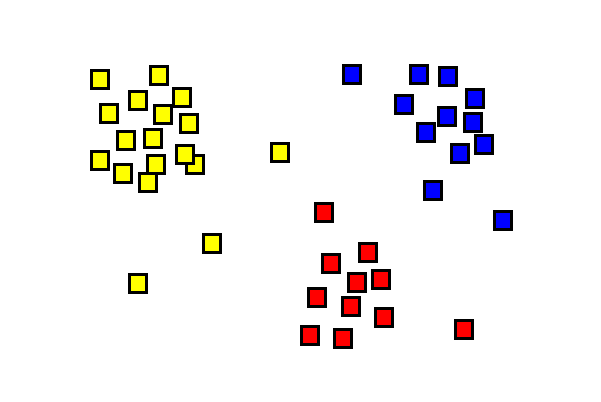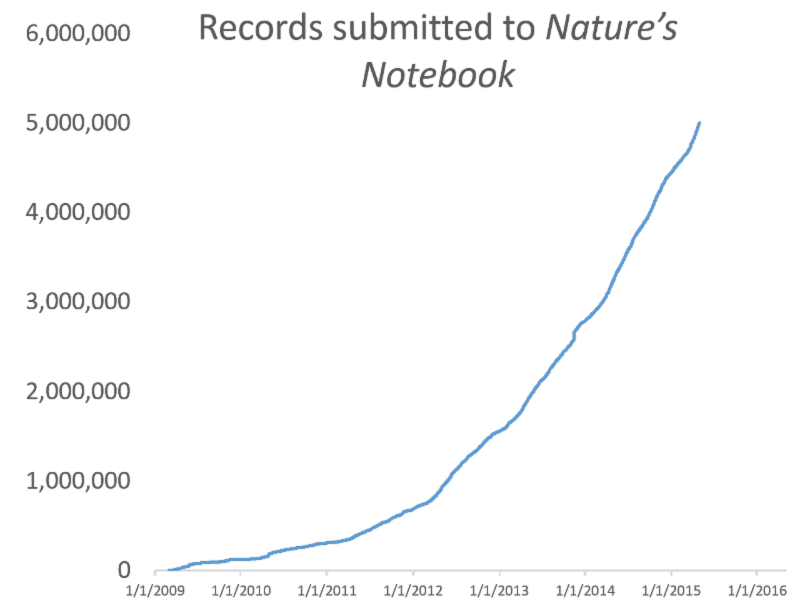The American Geophysical Union meeting in San Francisco is rapidly approaching, and there will be three oral sessions and a poster session focused on phenology! These sessions will have a novel structure that will include research presentations, lightning talks, and a panel discussion to facilitate discussion and synthesis. We look forward to seeing you there and learning about new and innovative phenology research.
If you have been recently added to this newsletter, we use this space to keep you abreast of opportunities and developments in the field. If you would prefer not to receive it again, you can use the 'unsubscribe' button in the footer of this message. You can always catch up by checking out past newsletters.
We are always looking for collaborators interested in developing national-scale phenology data products. Don't hesitate to contact me if you would like to get involved!
|
|
What's new at the USA National Phenology Network
|
|

Dataset integration workshops
Staff from the USA-NPN National Coordinating Office will be participating in upcoming workshops to facilitate the development of key phenology data products. The outcomes will enhance our ability to cross-walk and integrate contemporary and historic phenology datasets.
Stay tuned for outcomes related to these workshops as well as opportunities to get involved in related activities!
|

Outlier detection in the historic lilac dataset
The authors checked for inconsistencies in phenological onset dates based on the availability of contextual environmental information for sampling locations and found that 97% of the records were consistent. They also found that the exclusion of inconsistent observations changed the apparent rate of change in lilac bloom dates by two days per decade. In the future, the USA-NPN plans to apply this workflow to identify potential outliers in our contemporary dataset.
|

Download climate data with phenology data
We have updated our data output tool to include climate variables derived from Daymet. These includes seasonal averages for minimum and maximum temperatures as well as accumulated precipitation. These data can facilitate research towards greater understanding of climatic drivers of phenology. Stay tuned for additional climate variables and sources, as well as site-level phenometric data!
Explore Data »
|

Data Dashboard
Use this resource to determine the shape of available NPN data, and identify species and phenophases to explore in more depth using the data output tool or the visualization tool.
|
|

Phenology sessions at AGU 2015
|

Statement of Need for phenology research
The recent Department of Defense SERDP FY 2017 Statement of Needs includes phenology as a core solicitation for research proposals.
Their objectives are "to improve our fundamental and applied understanding of how: (1) phenology of specific plant and animal species on Department of Defense (DoD) installations in the United States (U.S.) and its territories responds to abiotic features of the environment and how these responses may change under non-stationary climate conditions; (2) changes in phenology will affect key interactions involving species of management concern to DoD resource managers; and (3) these combined effects influence conservation and management challenges associated with affected species of concern."
The USA-NPN is available to support research proposals that involve using standardized protocols to collect in-situ phenology data on DoD lands. Please contact us if you are pursuing this opportunity.
|

The risk of false springs is predicted to increase in the Great Plains and the Midwest
In a recent Environmental Research Letters article, Allstadt et al. (2015) used climate projects to explore future predicted trends and patterns in the Spring Indices through 2100. The authors found that there was an increased risk of false springs in the Great Plains and portions of the Midwest, while that risk will remain constant or decrease in other regions.
|

Multi-scale models predict spring phenology
Melaas et al. (2015) recently published a paper in Global Change Biology that used repeat digital photography, satellite imagery, and in-situ data from the USA-NPN National Phenology database to test phenological models of budburst in Eastern deciduous trees. They found that the deciduous forest model based on repeat digital photography performed comparably to the species-specific models, and that the in-situ and remotely sensed data were useful in calibrating and assessing parameters for predicting phenological activity at the regional scale.
|
|
|
|